“Enraged, Rama stretched his bow with force and, deploying his whole strength, discharged that weapon, the destroyer of the vital parts, on Ravana, and that irresistible shaft like unto lightning, irrevocable as fate, loosed by the arm of one equal to the God who bears the Thunderbolt, struck Ravana’s breast. Loosed with exceeding force, that missile, the supreme destroyer, pierced the breast of the wicked-hearted titan and, covered with blood, that fatal dart having extinguished his vital breaths, buried itself in the earth”
– An excerpt from The Ramayana by Valmiki (The Death of Ravana)
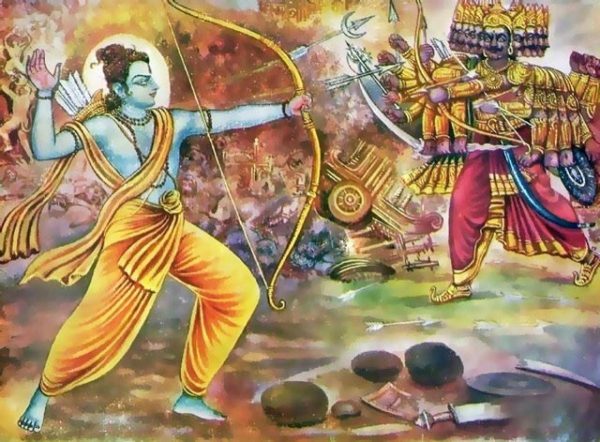
In Hinduism, the day that Rama defeated the king of the Rakshasas* and returned to his kingdom would forever be known as Diwali, the festival of lights; good overcame evil and light overcame darkness. The Ramayana, one of the most important Hindu epics, centers around the life of Rama, a prince of Ayodhya. Rama, the 7th avatar** of Vishnu, the Hindu god of life, was banished from his kingdom for 14 years.
As the eldest of 4 siblings, Rama was set to become the next King of Kosala***, however, his stepmother, Kaikeyi, wanted her own son to become the next King. As Kaikeyi saved Rama’s father, Dasharatha, in battle, he promised her 2 wishes which she used to banish Rama and crown her own son the King of Kosala. Rama is joined by his brother, Lakshmana, and his wife, Sita, in his exile to the forest.
The 3 live happily in the forest for a few years until Sita is abducted by Ravana, king of the Rakshasas. Rama and Lakshmana are assisted by an army of monkeys led by Hanuman, son of Vayu (god of the wind), on their conquest to save Sita. The army makes its way to the island of the Rakshasas, 100 yojanas away from India (around 1200 kilometres) on a bridge built by twin brothers Nala and Nila.
The battle between Rama and Ravana spanned several days until the Rakshasas and their king were defeated. Ravana appeared almost invincible in battle as he possessed several heads that would regenerate whenever Rama shot an arrow at them. Rama would finally kill him using the Brahmastra (arrow of Brahma) allowing him to free Sita and win the war. Rama, Lakshmana and Sita return to Ayodhya where Rama is finally crowned king after 14 long years in exile.
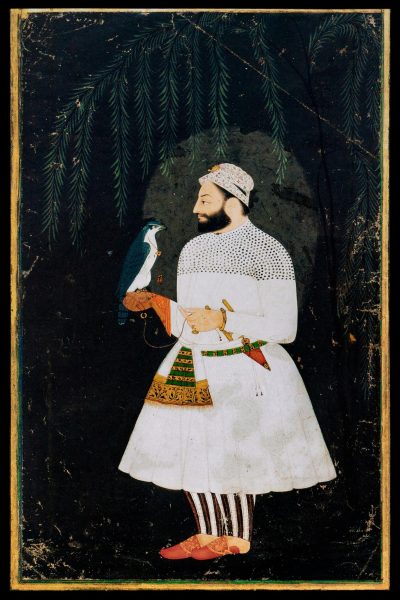
Though predominantly celebrated by Hindus, Diwali is also observed by Jains and Sikhs, both religions possessing different stories behind the festival’s significance; In Jainism, Diwali represents the day that the soul of Lord Mahavira, the 24th supreme preacher of Jainism, was liberated. Diwali is also marked as the last day of the Jain calendar.
In Sikhism, Diwali is celebrated after Bandi Chhorh Divas (day of liberation) where the sixth guru**** of Sikhs and 52 kings were released from imprisonment. Guru Hargobind, the sixth guru, managed to secure the release of all of the kings without waging war or using violence.
Furthermore, in South India, many follow the story of Diwali where Vishnu defeats the evil Rakshasa, Narakasura.
Although there are so many different stories behind the celebration, all share a common message:
Good defeats evil.
Leading up to Diwali, families may clean and decorate their homes. During the celebration, many get together with family and friends to pray, watch fireworks and eat delicious meals.
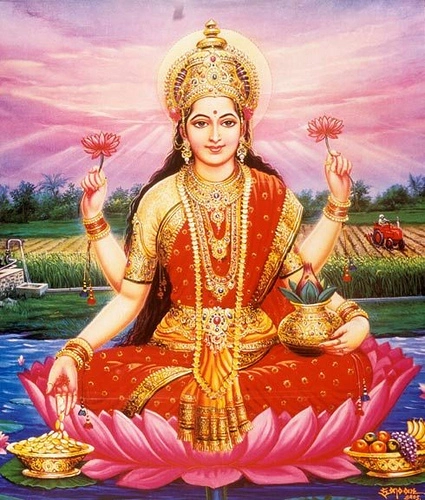
People also worship a multitude of deities during the festival of lights, the most prominent deities being Lakshmi (goddess of prosperity), Saraswati (goddess of knowledge) and Ganesha (remover of obstacles).
Diwali is likely best known for the little clay lamps, diyas, that are placed all around one’s home. Diyas symbolize the triumph of light over darkness; to welcome Rama who had just defeated Ravana, the people of Ayodhya lit diyas.
Whether one celebrates Diwali every year or has only heard of it recently, it is surely a celebration of happiness that can be appreciated by everyone.
*Evil beings (with a few exceptions) similar to a demon, with the ability to shapeshift and deceive others.
**A deity incarnated as a human or animal on Earth.
***The kingdom that Rama ruled over, the capital of Kosala being Ayodhya.
****An expert in a field (in this case, Sikhism).


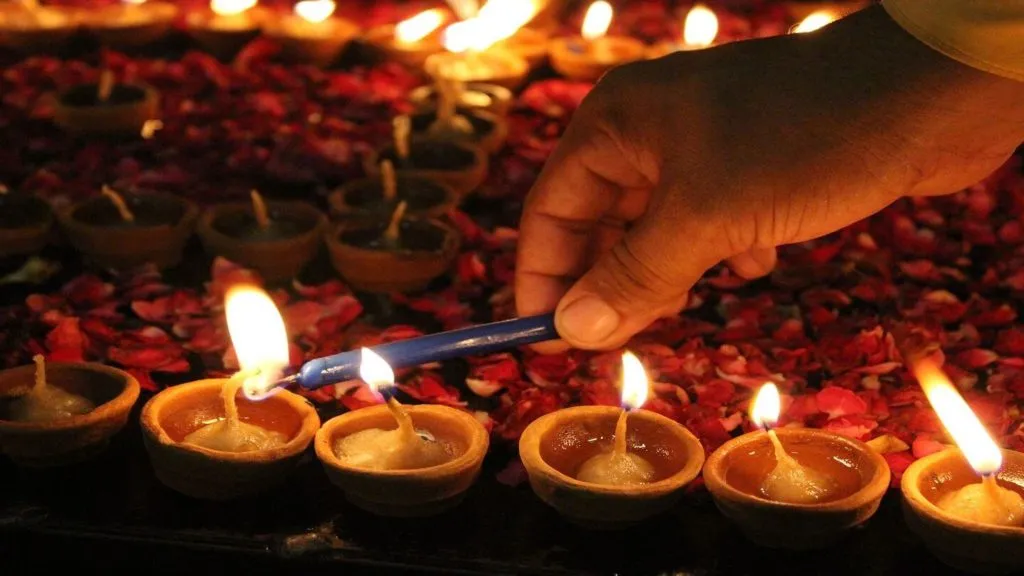

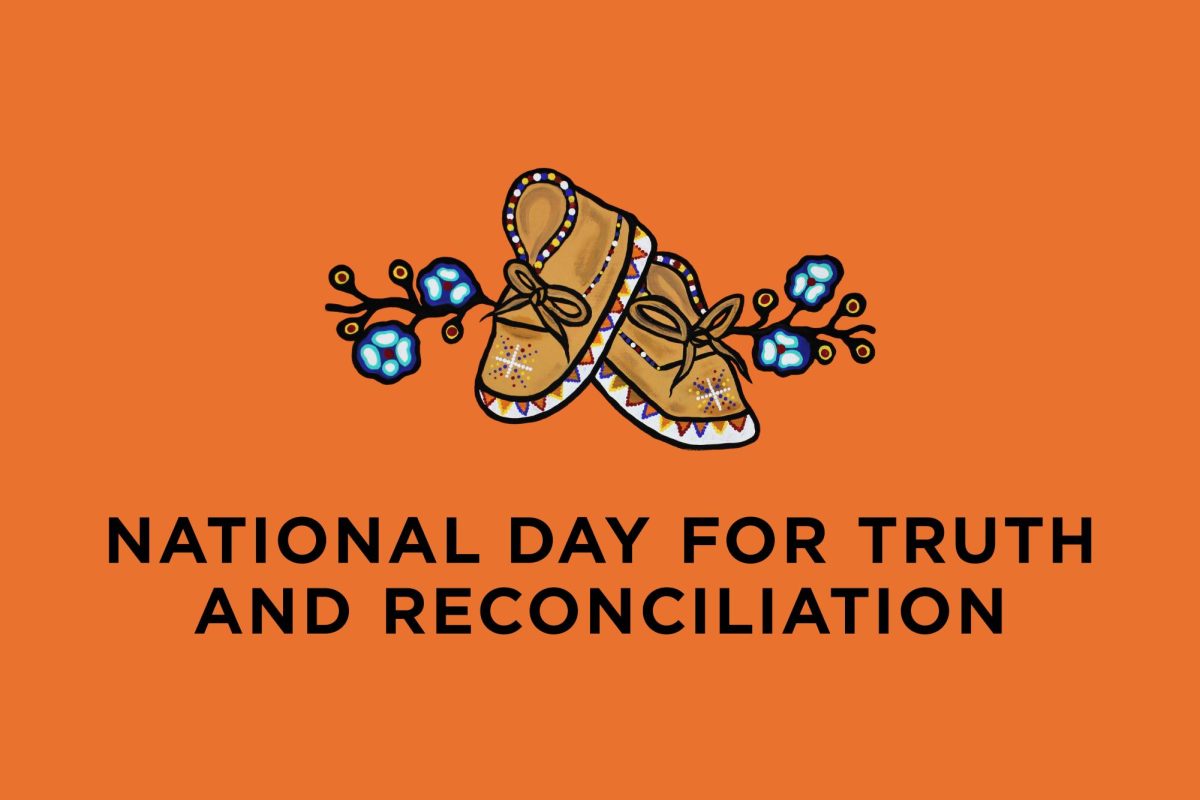

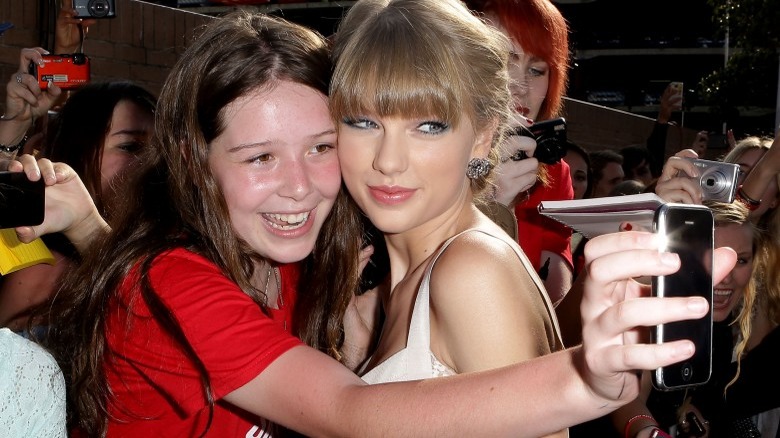
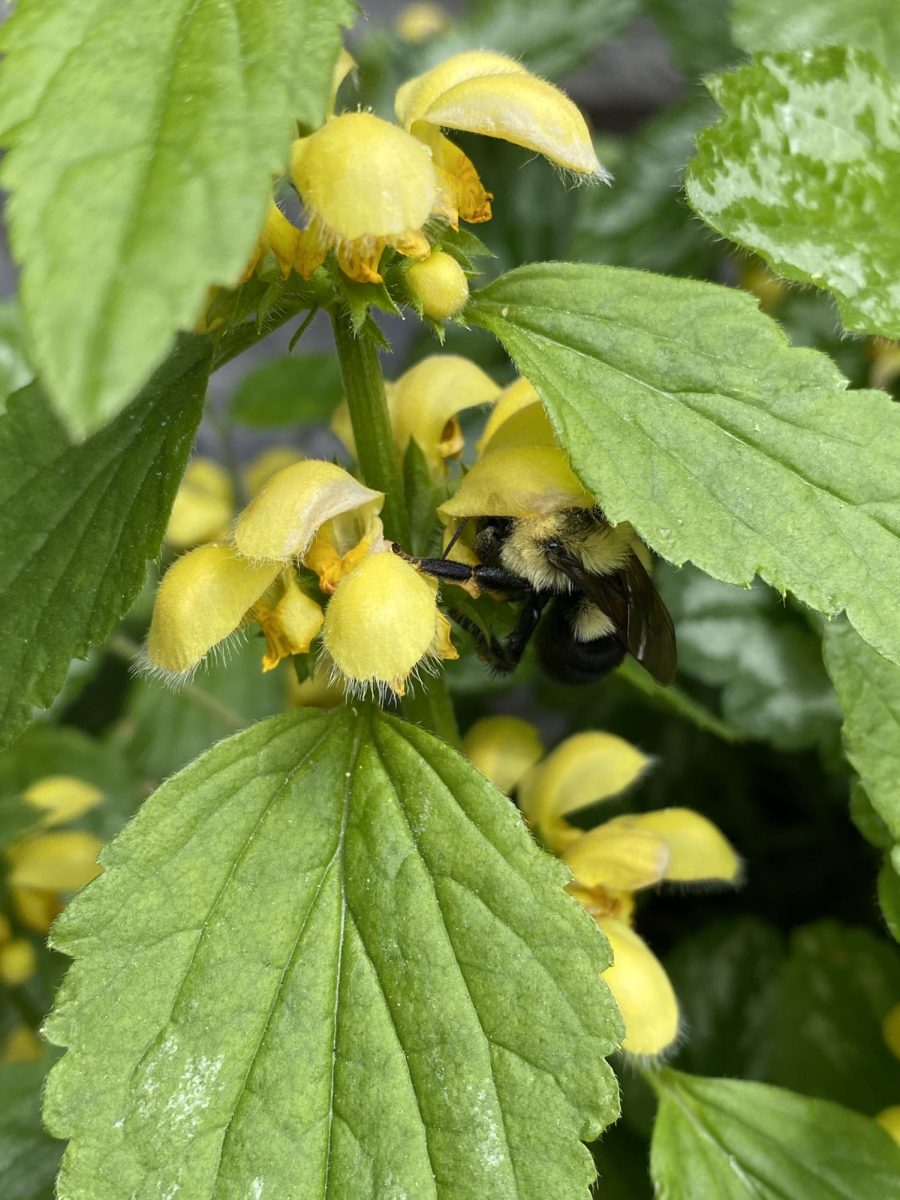

Swadana Devadas • Nov 12, 2023 at 10:20 pm
wow really informative!
Gwyneth Hsu • Nov 12, 2023 at 2:03 pm
Wow! This was really informative! Great article!
Naveena • Nov 12, 2023 at 1:40 pm
this is sooo awesome!!!!